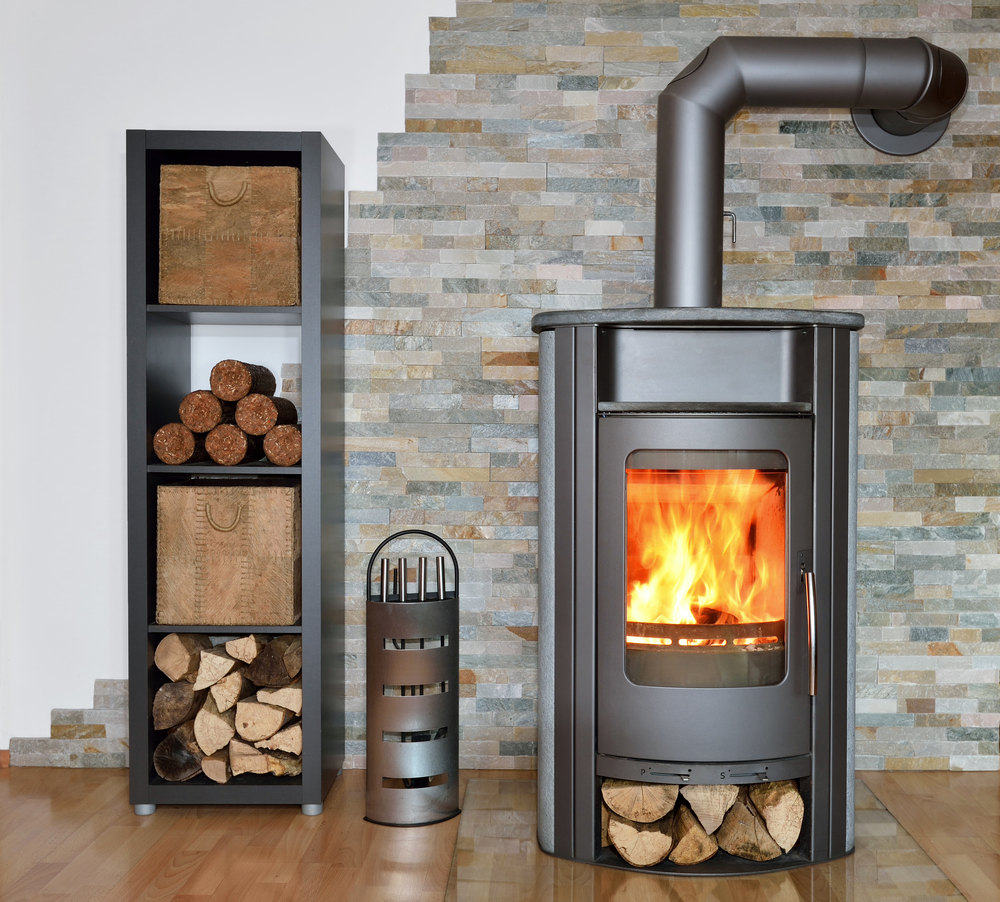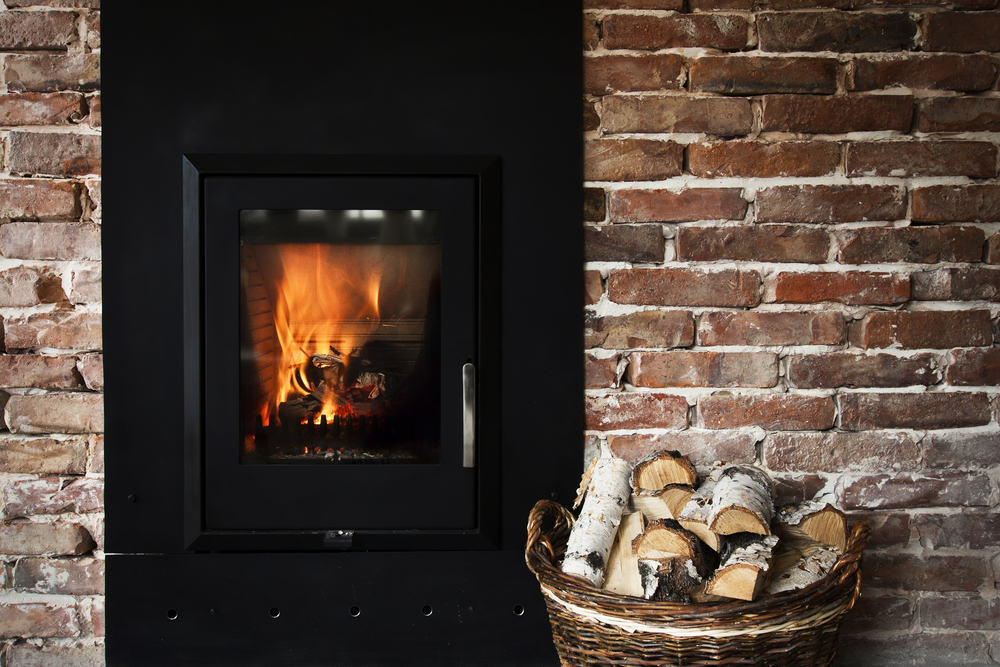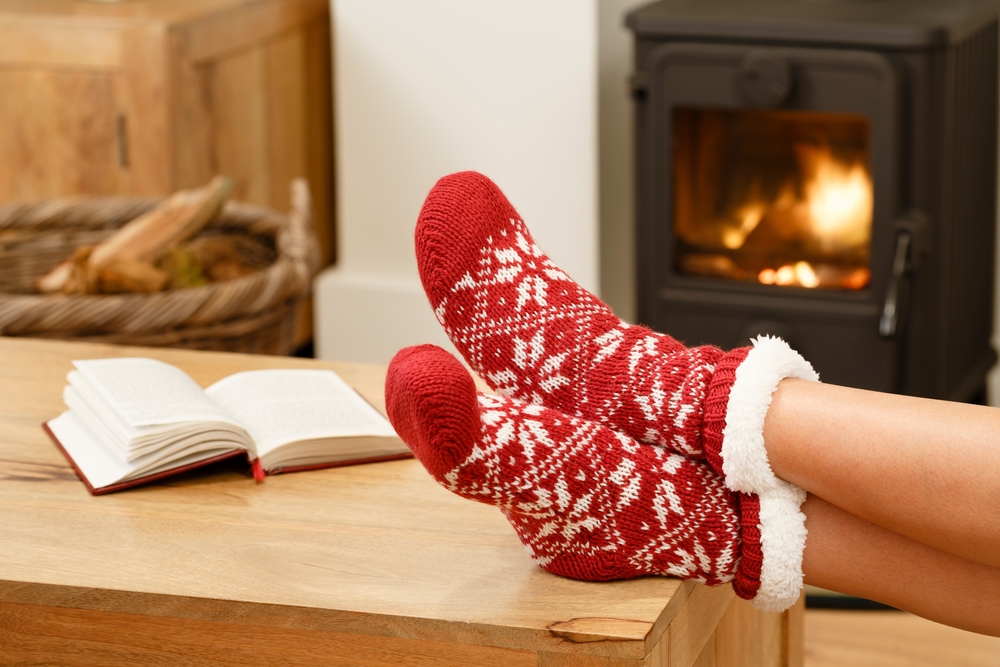When it comes to choosing a stove for your home heating, multi-fuel stoves and single fuel stoves are the most popular options. But what are the benefits of multi fuel stoves over single fuel stoves? And why should you consider a multi-fuel stove for your home?
What are the benefits of multi fuel stoves over single fuel stoves?
There are a number of benefits to choosing a multi fuel stove instead of a single fuel stove. These benefits include:
- Providing versatile fuel options
- Cost efficiency
- Increased efficiency
- Aesthetic appeal
Versatile fuel options
One of the main benefits of multi-fuel stoves is that these can burn a wide range of fuels, including wood and environmentally friendly options. This means that you can choose the most readily available or cost-effective fuel at any given time. In contrast, single fuel stoves are limited to one type of fuel, which can be a significant drawback if there are supply issues or price fluctuations. As such a multi fuel stove can provide greater security and peace of mind. By having the option to switch to another type of fuel, you can be sure to remain warm and comfortable all year round.
Cost efficiency
The ability to switch between different types of fuel can lead to considerable cost savings. For instance, if the price of one fuel spikes, you can switch to an alternative that may be cheaper, quickly and easily. This adaptability is particularly beneficial at the moment, as energy costs are unpredictable. As such, by taking advantage of lower cost fuels, you can reduce your heating expenses over time.
Increased efficiency
Technological advancements have made multi fuel stoves more efficient than ever. These stoves are designed to optimise the combustion process for various fuels, ensuring maximum heat output and minimal waste. Many models feature adjustable air controls and secondary burn systems, which improve efficiency and reduce the amount of unburned fuel. This means that you can get more heat from less fuel, making your heating system more economical and environmentally friendly.
Aesthetic appeal
Finally, multi-fuel stoves not only provide practical benefits but also add to the aesthetic appeal of your home. These are available in a wide range of styles and finishes, to complement any interior décor, from traditional to contemporary. Additionally, they can serve as a focal point in a room, creating a cozy and inviting atmosphere.
For more information or advice, get in touch with the experts today, here at JMS Stoves.



